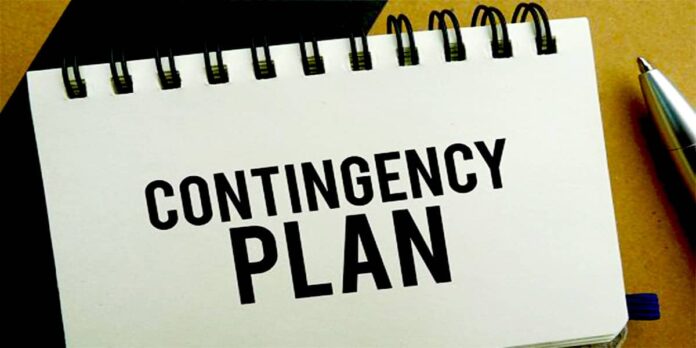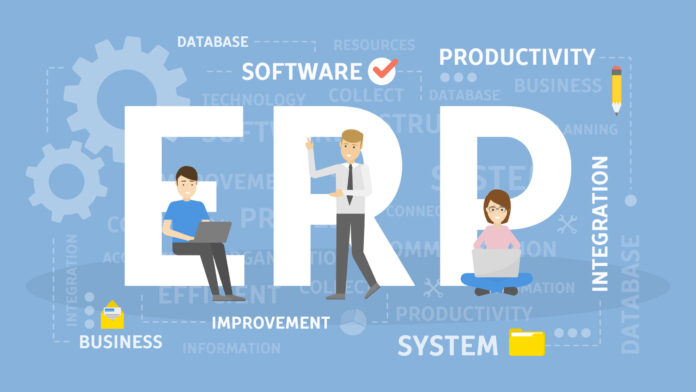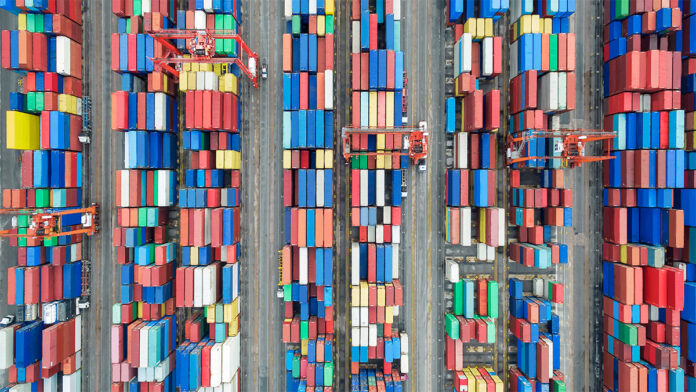Supply chain problems have become a lot worse during the pandemic. One study found that 38% of small businesses experienced supply chain issues as a result of COVID-19.
Businesses must take significant steps to help minimize these problems. A well-documented supply chain strategy can help streamline delivery of your own products, as well as make sure that you can process orders from your own suppliers more easily.
You can’t underestimate the importance of a good supply chain model. Distribution is one of the most complex and essential logistical processes for most organizations. Your profitability and customer satisfaction depend on coming up with a sound distribution model. This is going to be even more important as the pandemic continues, as President Biden mentioned in a recent White House announcement.
Here are some crucial steps that you will need to take to resolve supply chain issues.
Build a contingency plan

One cannot predict a pandemic nor can we assume how it will pan out but it always helps to have a contingency plan in place. Start with different scenario planning meetings where you make note of all the different environments that are considered through the supply chain. All organizations face unique risks and you must build plans for conservative as well as optimistic situations.
Rent the right equipment when purchasing it isn’t possible
You are going to have to make some hard choices when you need equipment during a supply chain shortage. You might not be able to purchase equipment from a manufacturer, because there could be massive delays in delivery.
A better option might be to rent it. For example, you can try Red-D-Arc , a rental welder. You will have to review your options carefully and make sure that you choose one with the best possible features.
Be organized
Developing a good distribution process is crucial, since companies usually invest a high percentage of their revenue in it. The most important thing that you can do to get started is ensuring you are organized.
Implementing a well-organized system and continuously analyzing your workflows will help you roll out necessary improvements. Control the inventory and make sure all of your products are properly stored in the warehouse.
Consider packaging
Consider different materials for your packaging to make shipping easier. You want to adapt your packaging strategy to the distribution channel that you will be using. The material should be easily storable. You also want to choose a material that will reduce costs as much as possible. It is also preferable to use a material that will be reusable, especially if you are catering to eco-friendly consumers.
Choose the best means of transport
As we mentioned above, your packaging is important when shipping the product. However, the means of transport is also going to be very important in the distribution process. Choosing the means that best suits your needs is necessary to reduce costs and help maximize productivity. You must also have an alternative means of transport in place so that the business does not suffer losses in case the primary means of transport fails.
Streamline communication
One of the reasons that logistics processes break down is due to poor communication between employees and suppliers. Improving both internal and external communication channels will increase efficiency and business productivity.
Control time
Time is one of the most influential factors in logistics since avoiding downtime and delays can drastically improve business profitability and customer service.
In addition, investing time in good planning helps companies choose the best means of transport, the best distribution channel, and even the perfect location for the logistics center. This translates into lower costs.
Be flexible

Pandemic or not, flexibility in a business is very important to scale. To meet customer demands, it is necessary to be flexible in all processes. Each customer has specific requirements, so you must adapt to them when choosing processes and offering services, as well as considering the other dynamics of your business. Try to understand what your customer is looking for and address the pain points. Their needs are going to change from time to time and you will have to keep yourself updated with the same.
Improve procedures
You must constantly improve all the procedures carried out during the distribution process. This includes everything from packaging and labeling to managing collections and orders. If you can automate and systematize these functions as much as possible, you will minimize errors and increase business efficiency. It will also help reduce costs.
Define management indicators
Analyzing the distribution process is very important for any organization. You will need to verify that everything is working correctly and that there are no errors or loss of information. Therefore, defining the most important metrics to focus on is going to be essential. You need to focus on obtaining information about opportunities, external threats, trends in demand, and the progress of your competitors.
Some indicators for transport logistics management are:
- Tracking cost per transport unit, per transport route, i.e. valorization of optimal conditions.
- Service rate.
- Delivery times.
- Transport damage or factory damage.
- Participation per transport or shipping lane.
- Overall distribution cost and by transportation against monthly or annual sales.
- Operating cost per driver.
- Implement a good ERP management system.

Implementing an ERP management system will allow you to manage all the company’s processes much more easily. In addition, it will help automate tasks and provide better time control.
Due to the centralization of information, you will be able to organize your resources and activities at any time and from anywhere, so the productivity improvement is evident.
These are a few tried and tested tips that help deal with supply chain issues during a pandemic. It is important to be prepared for anything that comes up and supply chain issues are a small part of the industry. Remember to have a contingency plan in place and always be flexible to changes that may happen due to events outside of your control.









